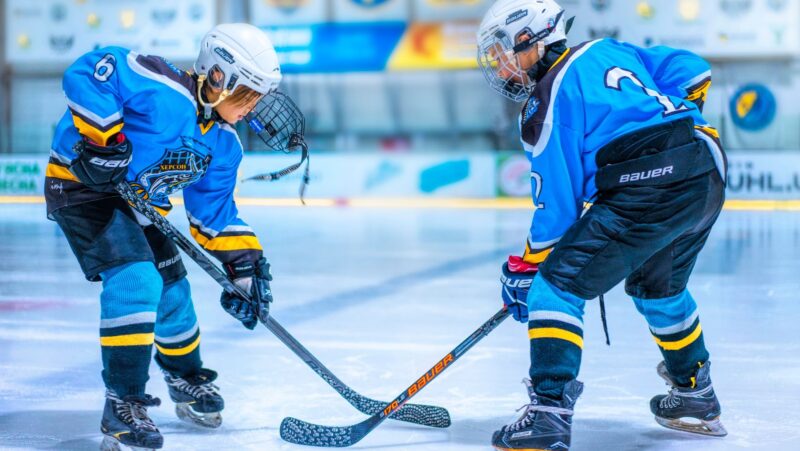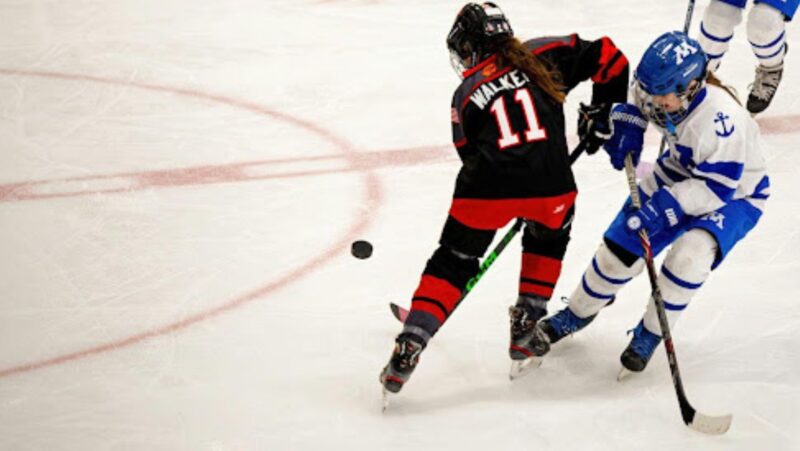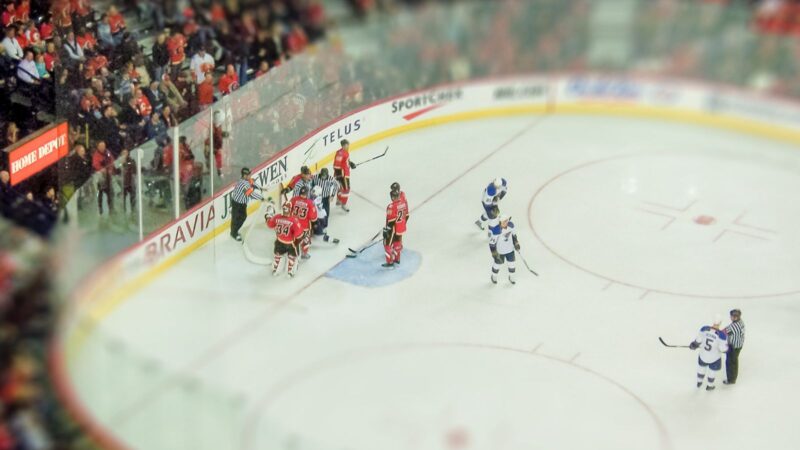
The idea driven across in the article is that an average NHL game has more than 10 timeouts called on it. The timeouts are critical to allowing flow of the game and they allow players on ice to rest, as well as allowing coaches to make strategic decisions. Timeouts also allows coaches to change lines if necessary.
It would be interesting to look at a specific game and see how many timeouts were called on that game.
In the article it states how having too many timeouts can destroy the flow of a NHL game. If there are too many timeouts, then fans will potentially lose interest in watching the games due to interruption of play. There is an average of about 19 minutes of play in a hockey game. If there is a timeout called, this amount is increased by about 20 seconds per timeout. The max number of timeouts taken together would be 480 seconds, which is 8 minutes and 40 seconds if each timeout is 20 seconds long.
The idea is to look at different games and see how many timeouts are called on each game with the amount of minutes played in each game. Then compare this data to see if there is a significant difference in timeouts when the amount of minutes changes.
What is the average number of timeouts in an NHL game and why is that number so high?
An average NHL game has more than 10 timeouts called on it. The timeouts are critical to allowing flow of the game and they allow players on ice to rest, as well as allowing coaches to make strategic decisions. Timeouts also allows coaches to change lines if necessary.
It would be interesting to look at a specific game and see how many timeouts were called on that game.
In the article it states how having too many timeouts can destroy the flow of a NHL game. If there are too many timeouts, then fans will potentially lose interest in watching the games due to interruption of play. There is an average of about 19 minutes of play in a hockey game
How does the timeout rule work and when can a team call a timeout?
The main purpose of a timeout is to stop play so players can rest. If they didn’t do this, the game would be unplayable because all of the players would be exhausted and there would be no way for them to just catch their breath before continuing on with the game. There are 2 types of timeouts that can happen in hockey. There are regular timeouts that can happen for things like injuries or players needing to be substituted out of the game, and then there are 30-second timeouts that can only happen after a goal is scored. The main difference between these two types of timeouts is the number of allowed players on the bench during each one. During regular timeouts, teams are allowed 7 players on the bench. During 30-second timeouts, each team is only allowed 3 players on the bench.











